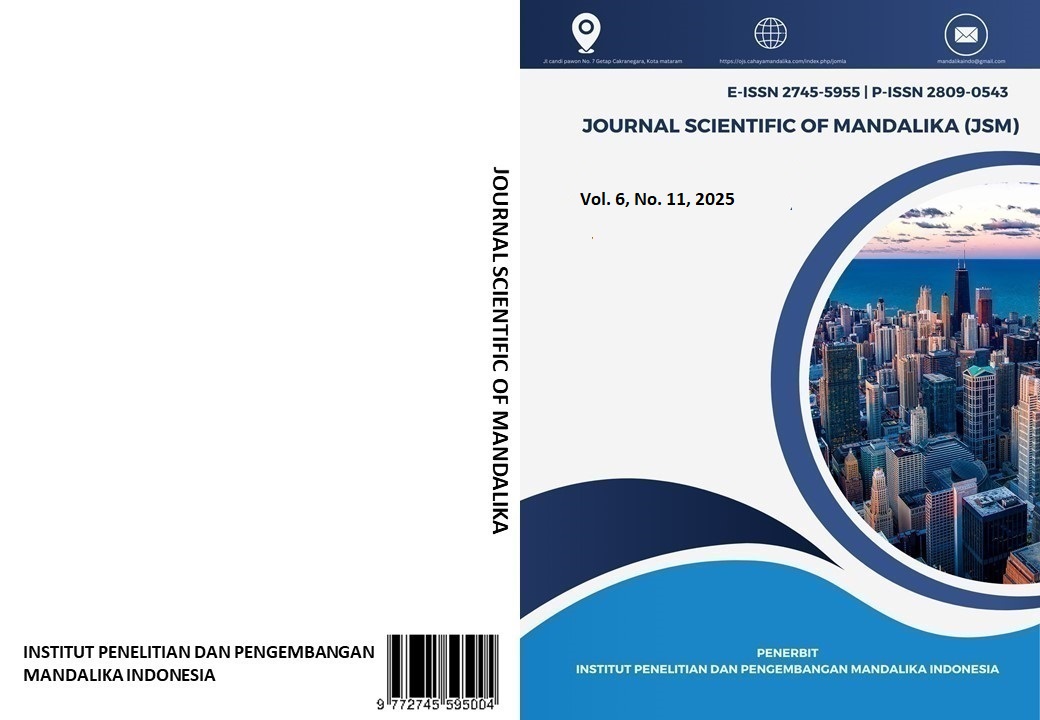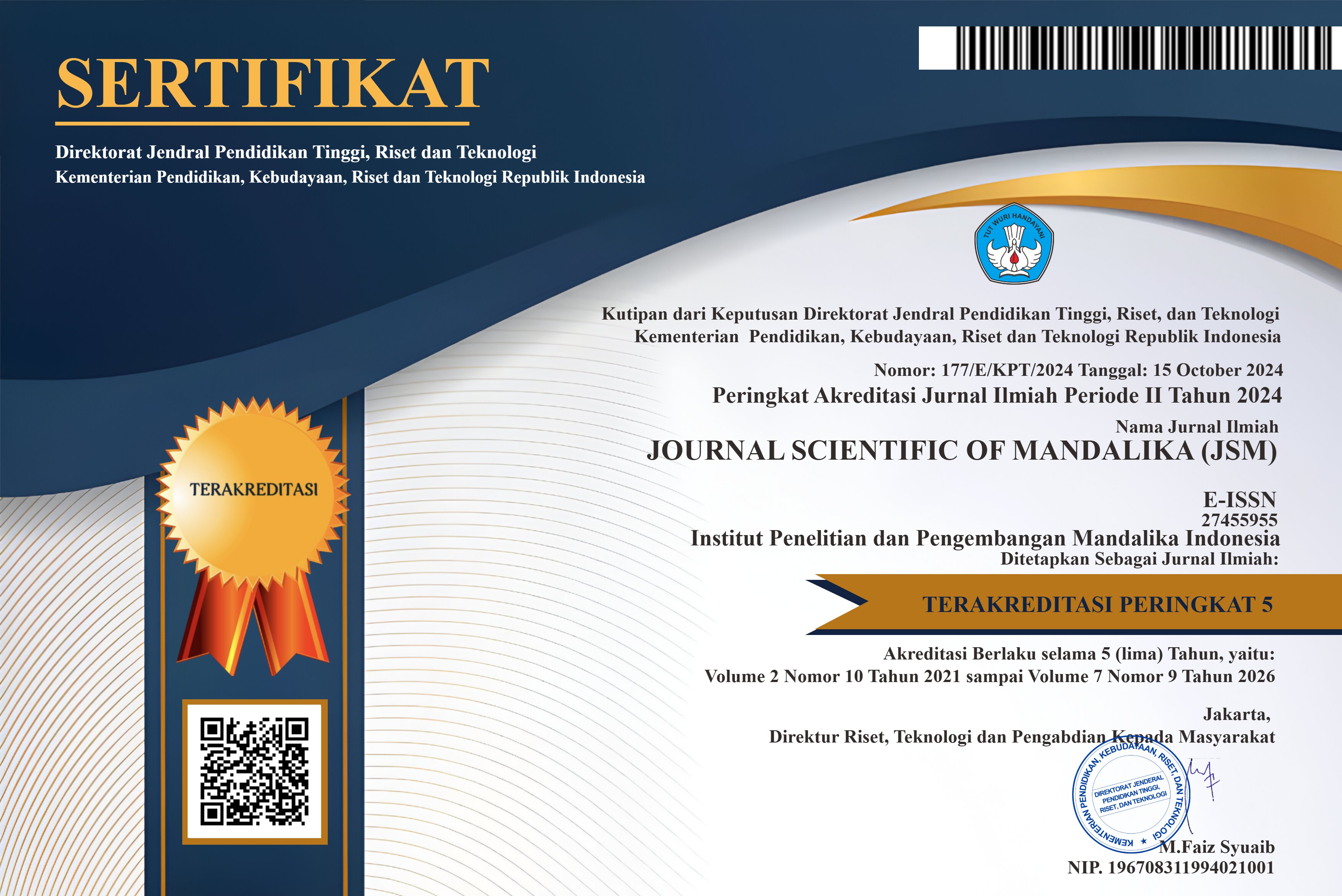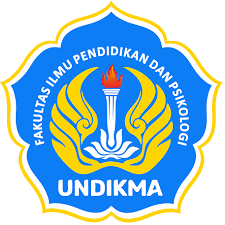Studi Historis: Sistem Sosial Dan Pendidikan Arab Pra-Islam
Abstract
This article explores the complex fabric of pre-Islamic Arab society, focusing on its sociopolitical structure, cultural identity, belief systems, and educational practices. Known as the Jahiliyyah period, this era was marked by tribal loyalty, oral poetry, and the absence of centralized governance. Social life revolved around kinship and clan-based honor, often resulting in inter-tribal conflicts and deeply rooted patriarchy. Despite the perception of ignorance, Arab society possessed rich oral traditions, with poetry, genealogy, and storytelling serving as primary vehicles of knowledge transmission. Formal education was largely nonexistent; literacy was confined to a select few in urban centers such as Mecca and Yaman. Most educational experiences were informal and utilitarian, shaped by the desert environment and nomadic lifestyle. This study examines how the lack of organized educational institutions reflected and reinforced social hierarchies and tribal values. Moreover, it reveals how cultural and environmental factors influenced both the intellectual landscape and the character of the Arabian people, laying the foundation for the profound transformation brought by Islam.
References
Ali, J. (2019). Sejarah Arab Sebelum Islam. Jakarta: Pustaka Alvabet.
Amin, S. M. (2018). Sejarah Peradaban Islam. Jakarta: Amzah.
As’adurrofik, M. (2017). Sejarah Peradaban Islam Tiga Kerajaan Besar. Al Fathonah: Jurnal Pendidikan dan Keislaman, 6(5).
Badri Yatim. (2014). Sejarah Peradaban Islam. Jakarta: Rajawali Pers.
Desky, H. (2016). Kerajaan Safawi di Persia dan Mughal di India. Studi Islam, 8(1). http://ejournal.stain.sorong.ac.id/indeks.php/tasamuh
Fauzan, E. H., & Setiawan, A. M. (2022). Lahirnya Tiga Kerajaan Besar Islam pada Abad Pertengahan (1250–1800 M). El Tarikh, 3(1), 57–76.
Fanani, M. F. (2022). Kondisi Sosial Iran pada Masa Mongol, Timuriyah, dan Safawiyah Tahun 1295–1786 M. Tamaddun: Jurnal Sejarah dan Kebudayaan Islam, 10(1). https://doi.org/10.24235/tamaddun.v10i1.8702
Fatikhah. (2012). Sejarah Peradaban Islam. Pekalongan: STAIN Pekalongan Press.
Fuady, M. N. (2016). Pendidikan Islam di Iran (Tinjauan Historis Pra dan Pasca Revolusi). Tarbiyah Islamiyah, 6(2). http://www.kemlu.go.id/tehran/Pages/CountryProfile.aspx?IDP=1&l=id
Habibi, R. (2016). Sejarah Teologi, Sosial, dan Politik Peradaban Islam Periode Pertengahan (1250–1800 M).
Hasan, H. I. (1979). Sejarah Kebudayaan Islam (Cet. ke-9). Jakarta: Kalam Mulia.
Hendra, D., & Artha, B. (2023). Work-Life Balance: Suatu Studi Literatur. Innovative: Journal Of Social Science Research, 3(3), 11320–11330. https://j-innovative.org/index.php/Innovative
Ibnu Khaldun. (2000). Muqaddimah Ibnu Khaldun (A. Thoha, Terj.). Jakarta: Pustaka Firdaus.
Mahanum. (2021). Tinjauan Kepustakaan. ALACRITY: Journal of Education, 1(2), 1–12. https://doi.org/10.52121/alacrity.v1i2.20
Nasution, S. (2018). Sejarah Peradaban Islam. Depok: Rajawali Pers.
Saeed, H. M. G., & Gurusiddaiah. (2020). Jahiliyah in Arab Culture, Pre and Post Islam. International Journal of Management and Social Science Research Review, 7(1), 39.
Yam, J. H. (2024). Kajian Penelitian: Tinjauan Literatur Sebagai Metode Penelitian. Jurnal Empire, 4(1), 61–70.
Copyright (c) 2025 Hamam Aqil Barid, Kholid Mawardi

This work is licensed under a Creative Commons Attribution-ShareAlike 4.0 International License.













